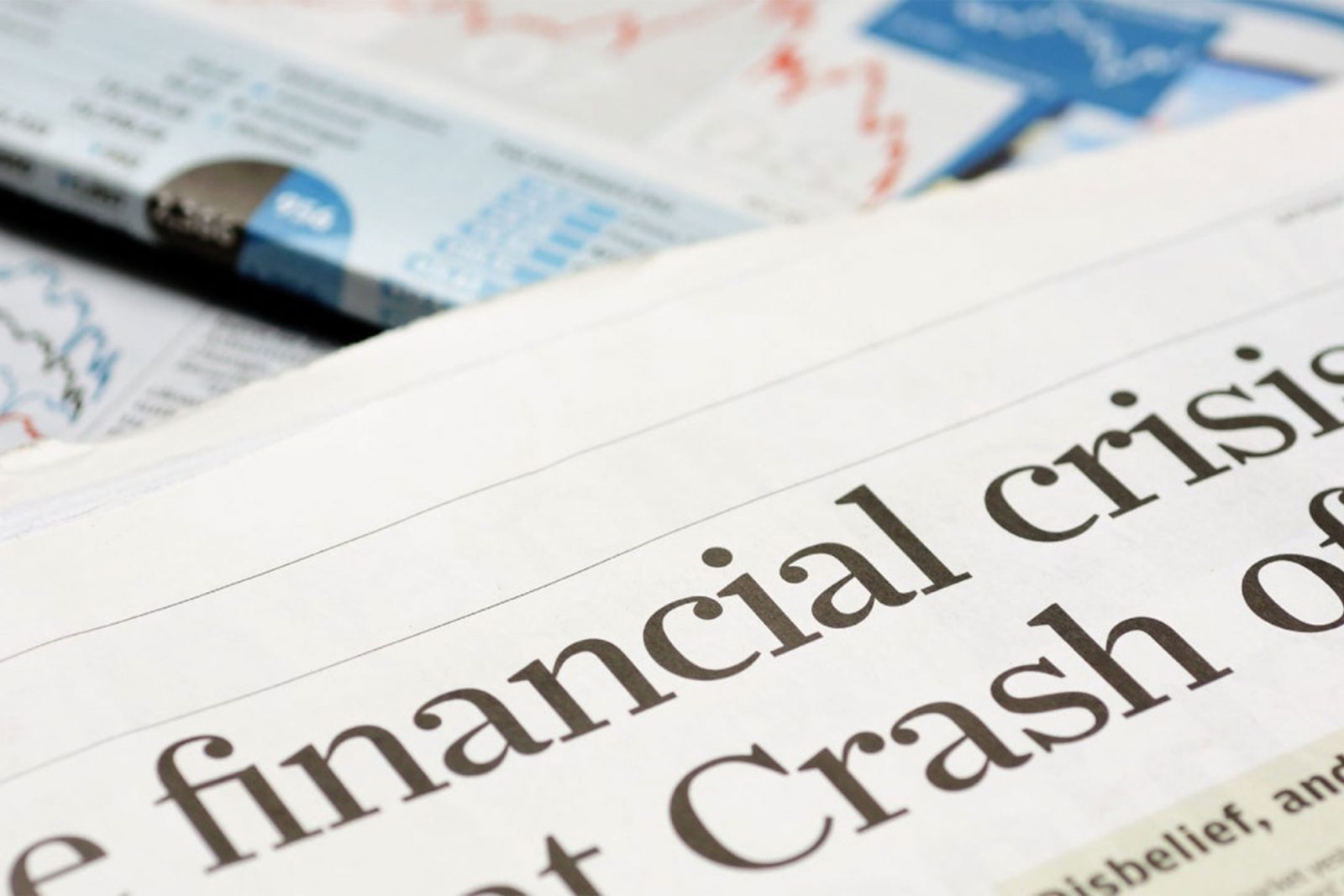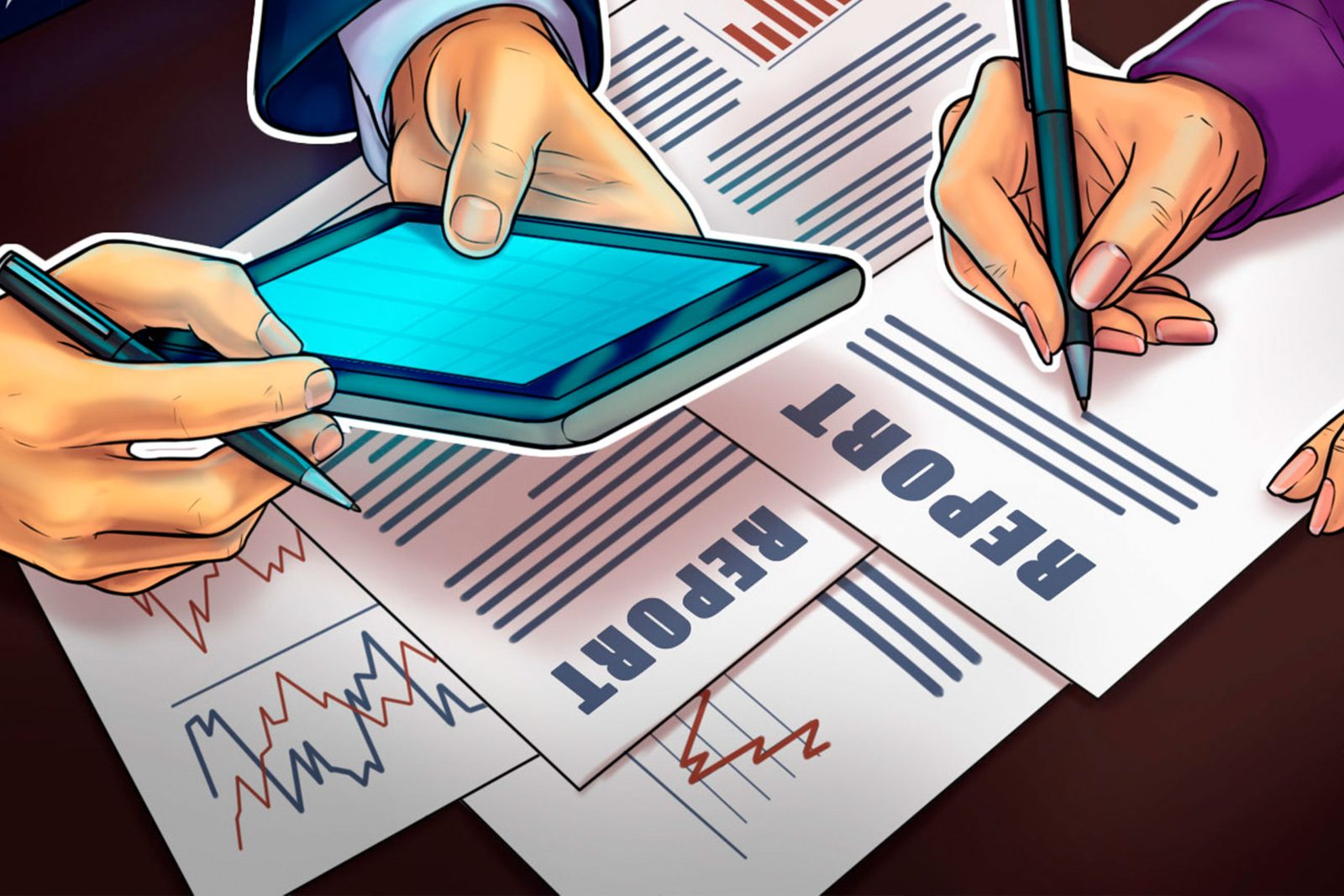News on the stock market for July 1, 2020


News on the stock market for July 1, 2020
Market benchmarks concluded higher on Tuesday, marking their most significant quarterly percentage gain in almost two decades. Investors welcomed positive economic data and chose to overlook the increasing number of new coronavirus cases in various U.S. states. The Dow Jones Industrial Average (DJI) surged by 217.08 points, or 0.9%, settling at 25,812.88, while the S&P 500 climbed 47.05 points, or 1.5%, to close at 3,100.29. The Nasdaq Composite Index finished the day at 10,058.77, advancing by 184.61 points, or 1.9%. The CBOE Volatility Index (VIX), a measure of market fear, dropped by 4.3% to close at 30.43. Advancing stocks outnumbered declining ones, with a ratio of 2.02-to-1 on the NYSE and 2.09-to-1 on the Nasdaq, favoring gainers.
How Did the Benchmarks Perform?
On June 30, tech stocks rallied, with Facebook, Inc. (FB) and Amazon.com, Inc. (AMZN) both posting gains of 2.9%, while Netflix, Inc. (NFLX) closed 1.7% higher. All 11 major S&P 500 sectors closed in positive territory on Tuesday, with the energy sector emerging as the top performer, surging by 2.2%. Among the Dow components, most ended in the green, although Boeing Company (BA) saw a loss of 5.8%. This decline was due to the cancellation of a 97-aircraft order by Norwegian Air, along with their intention to claim compensation. Overall, the S&P 500 reached 13 new 52-week highs and just 1 new low, while the Nasdaq Composite recorded 76 new highs and 16 new lows.Stocks Rally Despite Powell & Mnuchin Remarks
On Tuesday, the Federal Reserve and the U.S. Treasury jointly addressed their response to the coronavirus pandemic during a hearing before the House Financial Services Committee. Fed Chairman Jerome Powell mentioned that uncertainty still prevails regarding the economic outlook following the pandemic. Powell also noted that both output and employment levels remain significantly below pre-pandemic levels. The future path of the economy hinges on effectively containing the coronavirus. Meanwhile, Treasury Secretary Steven Mnuchin assured Congress that the economy is well-positioned for a recovery from the coronavirus. On the flip side, Anthony Fauci, the leading infectious diseases expert in the U.S. government, cautioned that there is no guarantee of an effective COVID-19 vaccine anytime soon. He also expressed concerns about the potential worsening of the virus’s spread.Consumer Confidence Surges in May
On Tuesday, the Conference Board reported a significant surge in consumer confidence to a three-month high in June. The index rose to 98.1 for the month, surpassing both May’s revised figure of 85.9 and the consensus estimate of 90.8. The rebound in consumer confidence suggests that consumers anticipate the coronavirus will pose less of a problem by the end of 2020.Monthly Summary
In June, the benchmarks notched their third consecutive monthly gains. The Dow, S&P 500, and Nasdaq gained 1.7%, 1.8%, and 6%, respectively, over the course of the month. At the start of the month, stocks rallied on the back of stimulus packages and the reopening process, bolstering investor sentiment. However, the recent resurgence in new coronavirus cases in various U.S. states has somewhat slowed down the rally, raising concerns about the possibility of new lockdowns.Quarterly Summary
All three major indexes registered their best quarterly performances in over two decades. The indexes rebounded from the lows seen in late March when the coronavirus pandemic halted business activities for weeks. The rally was fueled by optimism about economic reopening and stimulus packages. The Dow concluded the second quarter with a robust gain of 17.8%, marking its most significant quarterly rally since the first quarter of 1987. The S&P 500 soared by nearly 20% in the second quarter, marking its most substantial single-quarter gain since the fourth quarter of 1998. The tech-heavy Nasdaq surged by 30.6% for the quarter, achieving its most substantial quarterly surge since 1999.Get back to Seikum News 🤓




